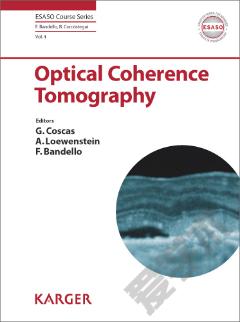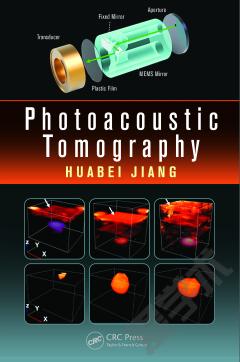Optical Coherence Tomography
Purpose To evaluate the optical coherence tomography angiography (OCT angiography) appearance of the superficial and deep capillary plexa in eyes with retinal vein occlusion (RVO) and to compare these findings with those of fluorescein angiography (FA) and spectral-domain optical coherence tomography (SD OCT). Design Retrospective observational case series. Methods Patients presenting with RVO to Creteil University Eye Clinic were retrospectively evaluated. All patients had undergone a comprehensive ophthalmic examination including FA, SD OCT, and OCT angiography. Results There were 54 (31 male, 57%) RVO patients with a mean age of 70 years. The perifoveal capillary arcade was visible in 52 of 54 eyes (96%) on OCT angiography and in 45 eyes (83%) on FA; this arcade was disrupted in 48 eyes (92%) and 39 eyes (72%) on OCT angiography and FA, respectively ( P = .002). Perifoveal capillary arcade disruption was correlated with peripheral retinal ischemia ( P = .025). Intraretinal cystoid spaces were observed in 34 eyes (68%) using FA, in 40 eyes (76%) using SD OCT, and in 49 eyes (90%) using OCT angiography ( P = .008 for OCT angiography vs SD OCT and P = .001 for OCT angiography vs FA). Retinal capillary network abnormalities were observed in all patients in both superficial capillary plexus and deep capillary plexus on OCT angiography. Nonperfusion grayish areas were more frequent in the deep capillary plexus (43 eyes, 84%) than in the superficial capillary plexus (30 eyes, 59%, P Conclusion OCT angiography can simultaneously evaluate both macular perfusion and edema. For the first time, an imaging technique enables the evaluation of the deep capillary plexus, which appears to be more severely affected than the superficial capillary plexus in RVO.
{{comment.content}}








 京公网安备 11010802027623号
京公网安备 11010802027623号